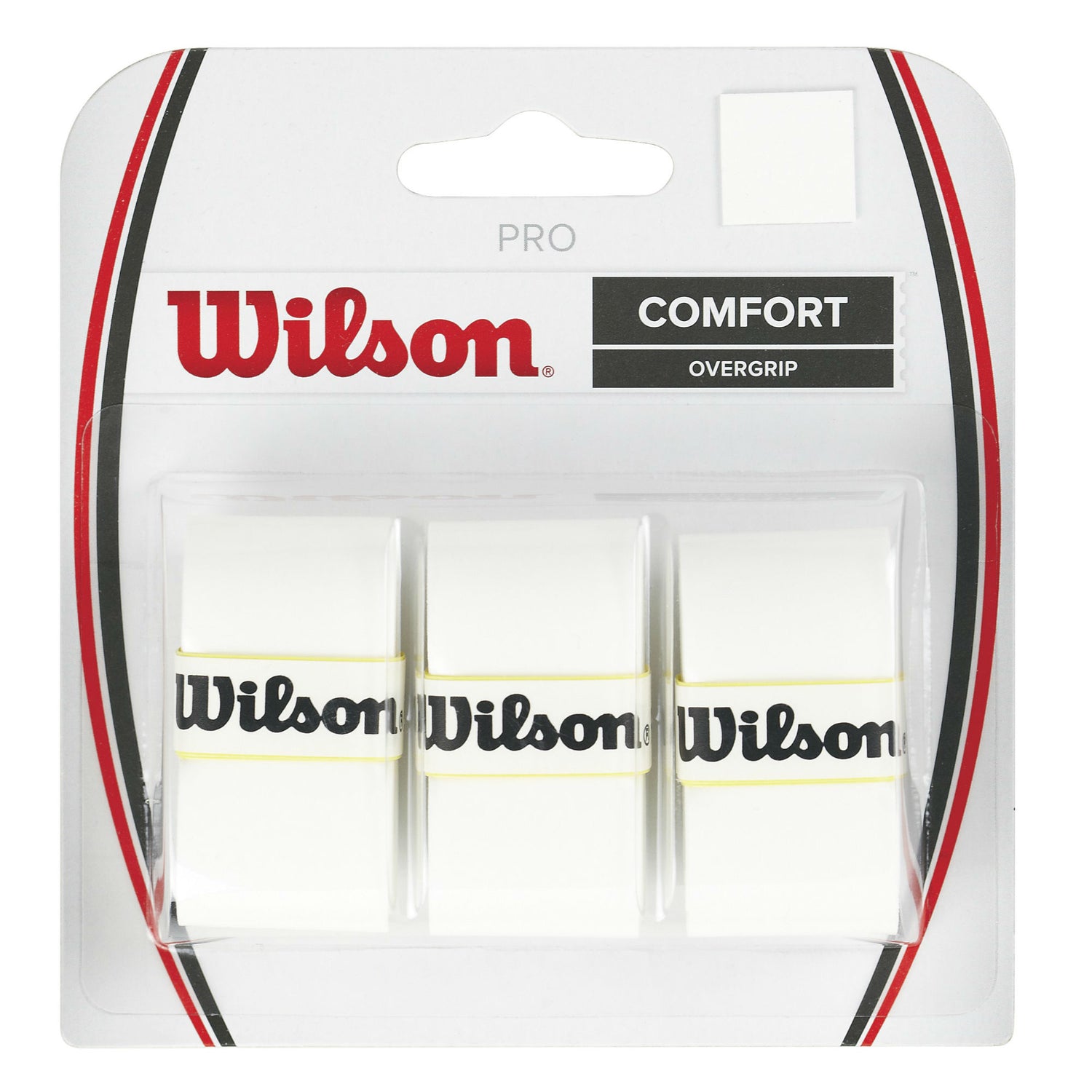|
Regulation Paddle Specifications
According to the governing bodies International Federation of Pickleball (IFP) and United States of America Pickleball Association (USAPA) paddles must fit the requirements:
For more information: Pages 6-9 in the 2020 USAPA & IFP Rulebook Pro Tip: The roughness of a paddle face is tested using a “Starrett Roughness Tester” and cannot exceed 30 micrometers).
Newly released technology “Core and Skin Dimensioning'', also described as 6.0 technology with the only thick core with large sweet spots for power and control. This technology is designed for the core and skin of the paddle face to work as one upon the impact of the ball. We HEAD: Optimized Tubular Construction (OTC) is designed to cushion a shot providing more time for the player to place the ball. The HEAD brand appeals to racquet players transitioning into pickleball. Their sweet spot is designed to sit just above the middle of the paddle so that the GAMMA: Has three generations of paddle technology currently on the market. The first being their Aramid series. Aramid is also known as Nomex and is a cardboard material dipped in resin. This makes for a very heavy, durable and powerful paddle but can be hard to control the ball.
The next wave of paddles is the Sensa Polycore and instead of Aramid they use polymer honeycomb. These paddles are strong and absorb the impact of the ball well.
The NeuCore series is the latest by GAMMA and has a 25% thicker and larger honeycomb cells to create a very soft and smooth impact with the ball. The new paddles have a generous sweet spot and put extra power behind each shot.
Onix: Offers six various paddle core materials and three paddle face materials. Ribtec Core Trade and Fusion Core Trade technologies are both patent pending and Onix innovation. This company often works very closely with its pro’s in creating new paddles. They have also Paddletek: This Michigan-based company has trademarked its ProPolyCore technology and guarantees a 5-year dead spot warranty for its customers. The technology they’ve built into their paddles leads to a sturdy and reliable line of paddles. In 2019 the company rebranded its logo and added the following technology to its equipment: Smart Response Technology, Torsional Vibration Control, and Grip Vibration Dampening. ProKennex: A brand is well known by tennis players, Prokennex has integrated its famous Kinetic technology into their two paddles. The Kinetic Pro Speed is a classically shaped paddle with the Tungsten beads built into the frame of the paddle. Their new Ovation Speed is a very untraditional shape, it is oval, and designed for maximum maneuverability and speed. It’s Opti-Cell Core conforms to the unique oval shape, eliminating “dead spots”. Both paddles are finished with a seven-layer carbon face surface. Selkirk: Has built the FiberFlex Fiberglass paddle face material and patent-pending X5 poly core. The X5 core is stronger, quieter and the careful assembly of the paddle diminishes any dead spots that often sit close to the edge guard of the paddle. Regulation Ball Specifications
According to the governing bodies International Federation of Pickleball (IFP) and the United States of America Pickleball Association (USAPA) balls must fit the requirements:
For more information: Pages 5-6 https://www.usapa.org/docs/ifp/USAPA-Rulebook.pdf Ball Technology Franklin: The Franklin X-40 is an outdoor ball that has gained momentum over the past year or two. This ball is not as difficult to use as the Dura Fast 40 however it’s not as predictable as the Onix Outdoor Fuse. Franklin also sells the X-26 which is their indoor ball and is gaining GAMMA: Indoor Photon which comes in neon green is a soft ball that is easier to play. Not as popular as Onix but a choice regardless. Recommended for recreational level players and new clubs. HEAD/Penn: This outdoor ball (Penn 40) was created for the recreational level player in mind. It has a generous bounce and is easy to play with. A great option for clubs, clinics, and lessons. Good for the Lobster ball machine. The Penn 26 is their indoor version and the tournament Onix: The first ball Onix released was the 530 and is now discontinued. The next ball was the Pure, however, this ball was extremely soft. The next-generation ball available both indoor and outdoor is the Onix Fuse in yellow, orange or neon green (green available for outdoor only). Dura Fast Indoor: Same hard plastic material as outdoors but made for indoors. It’s an extremely fastball and because it’s still made with the hard plastic it’s not as safe as the other indoor options that we sell. Dura Fast 40: Historically, this ball has been selected for all major outdoor U.S. tournaments. It’s a challenging ball to play with as it quickly misshapes and tends to “flutter” in the air. Onix recently acquired the Dura Fast 40. |



